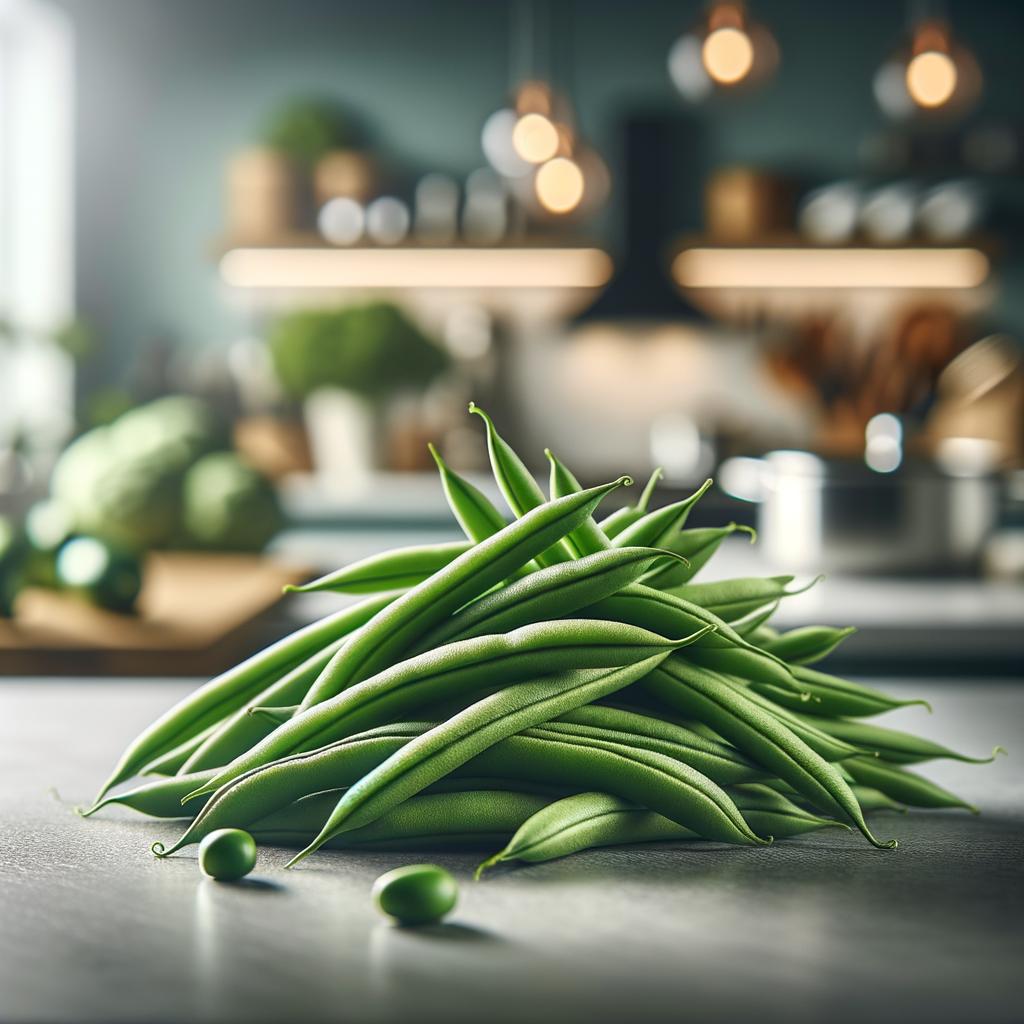Fresh Green Beans

Description
Meet the fresh green bean, a vibrant and crunchy delight that brings a touch of summer to any dish. These slender, bright green pods are smooth to the touch, and when snapped open, reveal tiny, pale green peas nestled within. Their flavor profile is a delightful balance of sweet and earthy, with a grassy undertone that is unmistakably fresh. What sets the humble green bean apart is its versatility. It can take on a myriad of flavors, making it a beloved ingredient in kitchens around the world.
Primary Uses
Green beans are a culinary chameleon, adapting to a wide range of cooking methods and cuisines. They're often steamed or blanched and served as a side dish, sautéed with garlic for a simple yet flavorful dish, or tossed into salads for a satisfying crunch. In French cuisine, they're a key component in the classic Nicoise salad, while in Southern American cooking, they're slow-cooked with ham hocks for a comforting, hearty dish. Beyond the culinary realm, green beans have been used in traditional medicine to help regulate blood sugar levels and improve eye health.
History
Green beans have a rich, romantic history that dates back over 7,000 years. They were first cultivated in Pre-Columbian times in South and Central America. Their journey across the globe is a testament to their allure, as explorers and traders brought them to Europe and Asia, where they quickly became a staple ingredient. Over time, their popularity has only grown, thanks to their versatility and delightful crunch. Folklore tells of a magical beanstalk that grew to the heavens, a tale that captures the humble green bean's ability to surprise and delight.
Nutritional Information
Not only are green beans delicious, they're also packed with nutritional benefits. A good source of vitamins A, C, and K, they also provide a healthy dose of dietary fiber, making them a great addition to any balanced diet. They also contain a wealth of minerals such as iron, calcium, and magnesium. When compared to similar ingredients like peas or asparagus, green beans hold their own, offering a lower calorie count and a comparable range of nutrients. Consuming green beans can support heart health, bone strength, and digestive wellness. However, those on blood-thinning medication should consume them moderately due to their high vitamin K content. In the end, the story of the green bean is one of versatility, adaptability, and a nutritional powerhouse hidden within a simple, crunchy pod.

